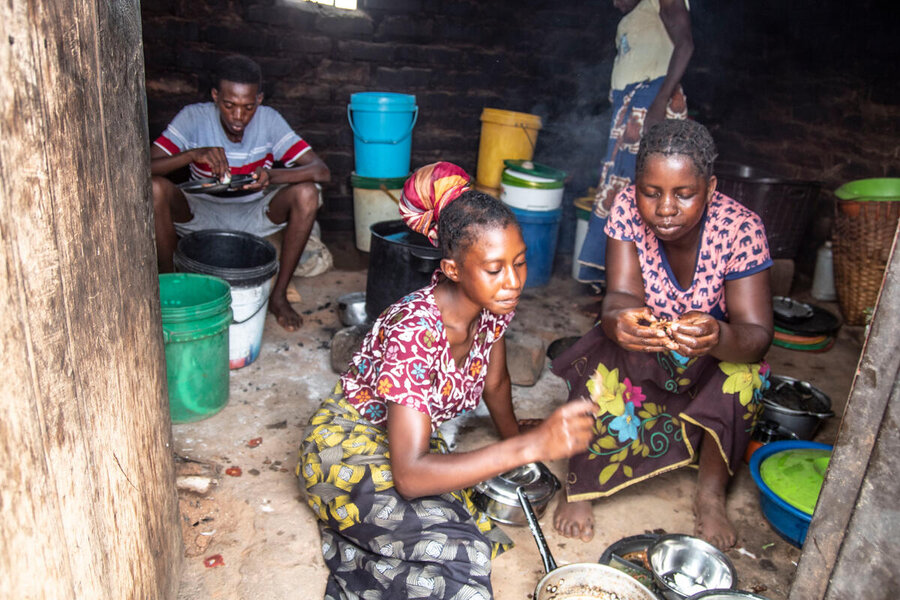The 5 steps from food security to famine

As you read this, 42.3 million people around the world stand on the brink of famine, as conflict, climate change and global economic instability combine to create hunger crises in countries across the globe. Sudan is becoming the world’s largest humanitarian crisis, while other hard-hit hotspots include Gaza, Chad, South Sudan and Haiti.
But how do we define famine, and what stages are there before people reach such a catastrophic level of hunger?
The global standard for measuring food insecurity, what we might see as the “Richter scale” of hunger, is the Integrated Food Security Phase Classification (IPC). Here's a closer look at the different stages of hunger it defines:
1) No/minimal food insecurity (IPC Phase 1)

In a situation of no or minimal acute food insecurity, people are able to meet their essential food and non-food needs without engaging in atypical and unsustainable strategies to access food and income. In this phase, less than 5 percent of the population is malnourished and people have a stable income. There is consistent quantity and quality of food for most people, more than 2,100 calories per person per day.
2) "Stressed" acute food insecurity (IPC Phase 2)

This phase sees people having minimally adequate food consumption but able to afford some essential non-food items without engaging in stress-coping strategies. They have unsustainable incomes, face difficulties meeting their basic needs and have to make some changes to support their non-food needs. In this phase, 5-10 percent of the population is acutely malnourished and a person takes in 2,100 calories per day, meaning they barely have an adequate diet to meet their food needs.
3) "Crisis" acute food insecurity (IPC Phase 3)

This phase sees families either facing food consumption gaps alongside acute malnutrition, or only just able to meet their food needs resorting to crisis coping strategies like selling off essential livelihood assets. There are limited food choices and people must go to extreme lengths to get the calories they need. A total of 10-15 percent of the population is acutely malnourished and there is a serious interruption to people’s incomes.
4) "Emergency" acute food insecurity (IPC Phase 4)

In this stage, families face large food consumption gaps alongside very high acute malnutrition rates and excess deaths, or are able to overcome food consumption gaps only by selling off the few assets they have left. Loss of income at this stage is irreversible, and between 15 and 30 percent of the population is acutely malnourished. People have access to three or fewer food groups like fruits, grains and vegetables, and take in less than 2,100 calories per day.
5) "Catastrophe" or "Famine" (IPC Phase 5)

This is the most severe phase of hunger. It is shameful that in a world of plenty, famine still exists. It means a complete lack of access to food and other basic needs. Families face an extreme lack of food and other basic needs even after all possible coping mechanisms have been put in place. Starvation, death, destitution and extremely critical levels of acute malnutrition are evident. At least two out of every 10,000 people die of starvation or disease in famine conditions. More than 30 percent of the population is acutely malnourished and there is total loss of income. People just have access to one or two food groups and there is an extreme shortage of calories per person, per day. Twenty percent of families face extreme food shortages.
